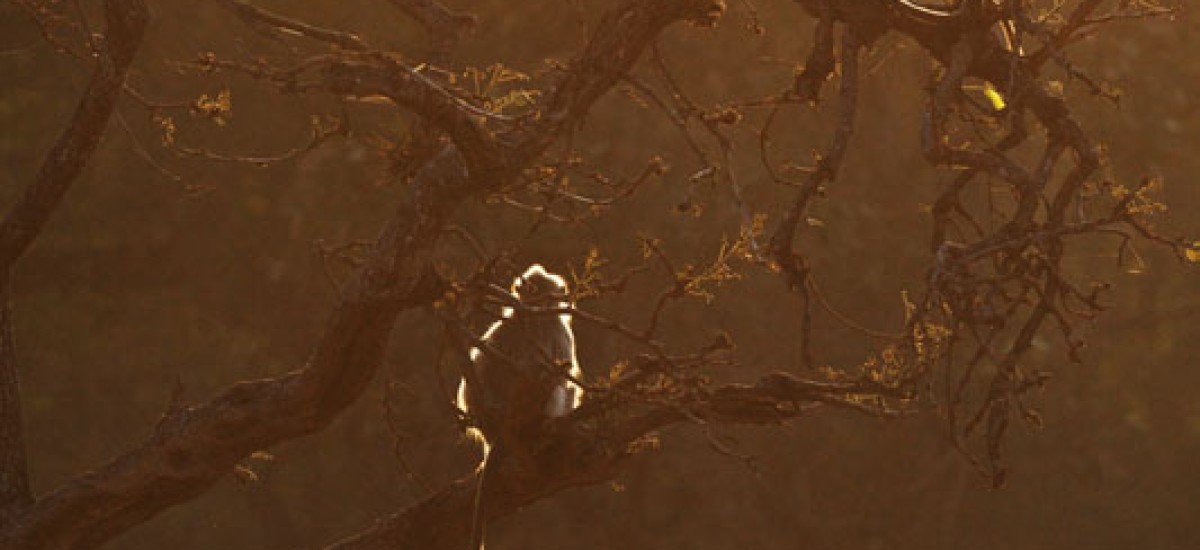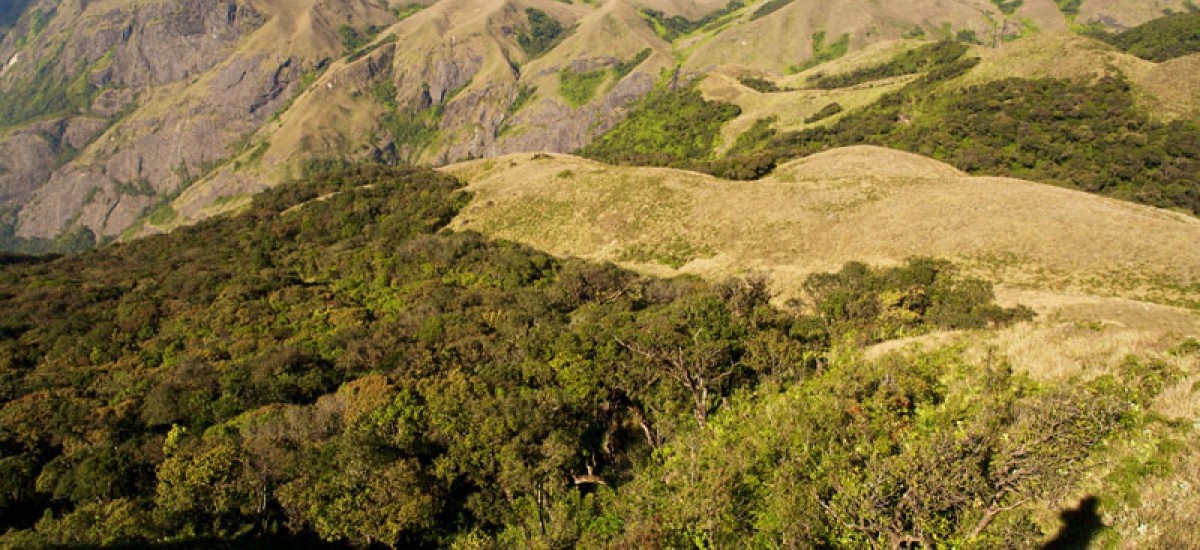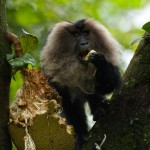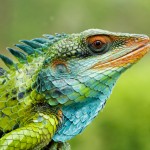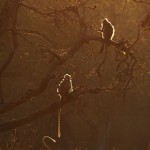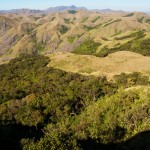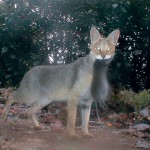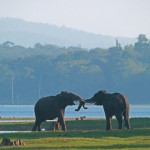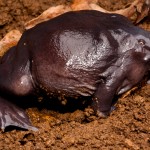This is the story of Sandesh Kadur’s journey through one of India’s last wildernesses and his quest to document and show why preserving such wild places matters to modern India.
Rather than joining the family business, Indian wildlife photographer Sandesh Kadur committed himself to documenting the natural treasures and zoological wonders to be found only a few hours drive from his native Bangalore. Although less than 10% of the Western Ghats remain untouched, these mountains are one of the most biologically diverse places left on the planet.
Their unique beauty and mystery are embodied for Sandesh in a chance sighting he had 10 years ago with a strange, all-grey feline unlike anything he had ever seen before – but known by the local tribal people as the pogeyan. Whether or not this enigmatic cat-in-the-ghat really is a new species, the pogeyan has become for Sandesh a talisman – offering some hope for the future in nature’s ability to survive the unprecedented pressures which 21st century India is subjecting its last wild places to.
In The Mountains of the Monsoon for the BBC 2 flagship Natural World series, filmmaker/wildlife photographer Sandesh Kadur, spends a year documenting the changing seasons and distinct places that make up The Western Ghats – a biodiversity hotspot. He works closely with Harry Marshall, a Bristol-based filmmaker, who, born in Bangalore, went to school in the Western Ghats. Sandesh – also from Bangalore, had spent the last ten years travelling and documenting the flora, fauna and the culture contained in some of the world’s most beautiful but little known landscapes.
The Western Ghats snake 1,600 kilometres down from Gujarat in the north, along India’s Western Coast to the tip of the subcontinent. These ancient mountains may only rise on average to 1200 metres but they do for Southern India what the Himalayas do for the North of the country, they keep a dry land from drought. All of peninsula India’s major rivers rise in the Western Ghats and because it is a largely montane area that receives between 2,000 and 8,000 mm of rainfall annually the Mountains of the Monsoon are the water source for an estimated 300 million human souls. Without these so called Beneficent Mountains, Dravidian India would quite literally dry up. Yet surprisingly little is known about these life-giving mountains. The area’s beauty and variety remains a loosely guarded secret even in India, – but many of its extraordinary inhabitants are still so mysterious they are waiting to be discovered and named.
On his journey through one of India’s last wildernesses, Sandesh Kadur shows how The Western Ghats are not just essential to the life of India, but reveals the unique life they contain. Today only 10 percent of the Ghats’ original jungles, rainforests and high altitude grasslands remain, but in terms of richness and the sheer number of endemic species – varieties of plant and animal life found here and nowhere else on earth – makes these mountains a global hot spot, an area of outstanding biodiversity.
Sandesh explains how in Sanskrit, the word Ghat means step and how the Western Ghats rise like a staircase from the dusty plains of the deep South. The feet of the mountains are ringed in jungles – home to the most iconic of India’s wildlife. – tigers and elephants – made familiar by Rudyard Kipling’s Jungle Books. This is an exotic yet simultaneously well-known world. As the mountains rise however, dry parched vegetation gives way to dark lush forests and reveals the second of the three distinct habitats Sandesh sets out to explore.
Here in the last remaining rainforests, strange monkeys including the Lion Tailed Macaque feed high in the canopy on jackfruit while below, the world’s largest venomous snake the King Cobra slithers (all 18 feet when fully grown) through the leaf litter. This is an altogether less known world of unclassified new species including for the first time on film, the almost absurd-looking Purple Frog. Here the atmosphere is filled with bizarre calls, heady smells, heat and humidity. But it was in the third of the discrete Worlds of the Western Ghats that Sandesh saw with his own eyes, the most amazing of all the creatures he would encounter.
Far, far above the jungles and high above the rainforests’ uppermost tree line is an area of spectacular open grassland with endless panoramic views. In the folds of this unique landscape, sheltered from the wind, grow stunted little forests known locally as sholas. This is the last and most secretive world in the Mountains of the Monsoon and it was here where ten years ago, Sandesh’s chance sighting of an all grey cat – a cat he had never seen before and could not identify from any book, record or photograph, began an almost obsessive quest to see if a new feline – a carnivore – could also be added to the growing list of new species that these Mountains relinquish to science each year. The local tribal people of the area found nothing surprising in Sandesh’s description. They know his mystery cat as the Pogeyan – literally the Smoke Cat. The cat which they say ‘comes and goes as the mists’ which engulf the high grasslands in minutes.
In The Mountains of the Monsoon Sandesh Kadur’s hunt for his own Cat in the Ghat is told through an unfolding journey into a little known world. Here in the Western Ghats, despite all the pressures from Modern India and a massive loss of so much of its natural heritage, mysteries and new species have survived into the 21st century to be resolved and named. Could the pogeyan be one more?





